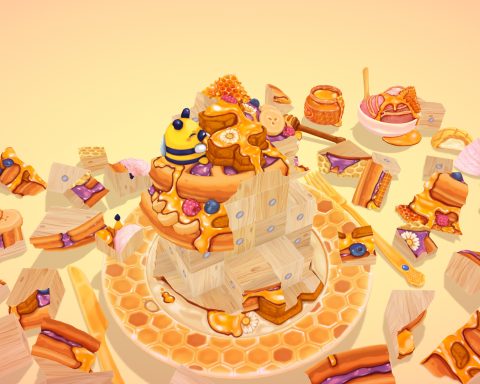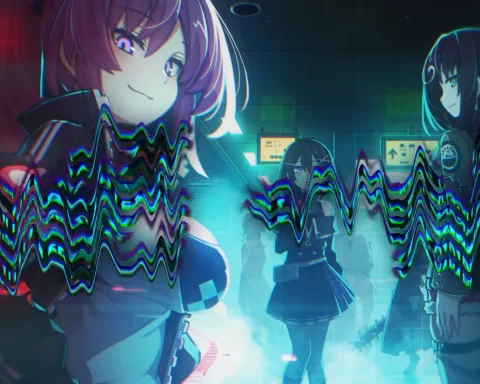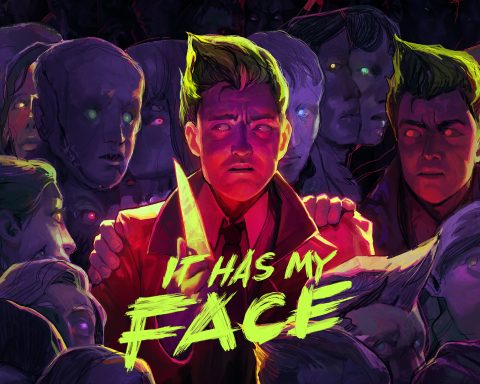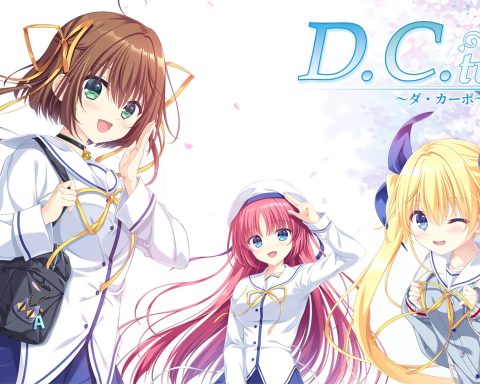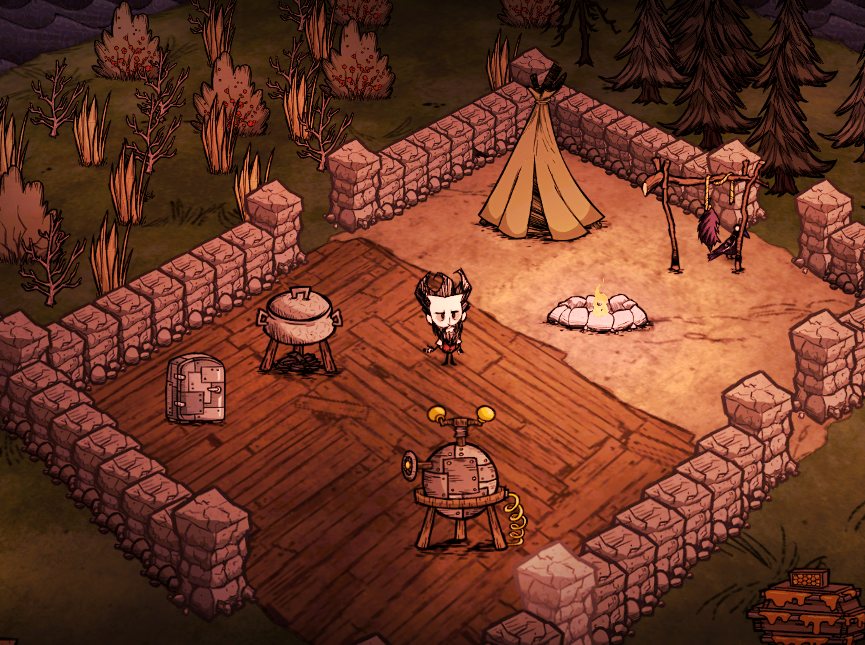 – Review by Nick H.
– Review by Nick H.
Visually, Don’t Starve makes an interesting first impression. However, the lingering one left behind after playing the game is something that resonates much more deeply as Klei Entertainment has done an amazing job of making a beautiful, deadly world that appears quite simple at a glance, but much more complex once you begin scratching at the surface.
The story of Don’t Starve is minimalist stuff. You play the part of Wilson, a scientist who after a failed experiment is tricked into a mysterious world by a demon. There are small bits of story along the way, but by and large the tale is neglected in favour of an experience where the player is dumped alone into a world without any guidance.
The artistic style is also a very appealing one. My oldest daughter, who loves all things Tim Burton, immediately compared the visuals in Don’t Starve to his movies, and I can certainly see where she gets that notion. However, you are given no tutorial or direction from the moment you are dropped off in the wilderness. When you draw near trees, rocks, seeds and creatures, you’ll be given a few control options. You can investigate the item or you can sometimes attack/ collect it. But it doesn’t always end well; my first romp ended about four minutes after punching a bees nest.
My second time through, I avoided the bees and began trying to punch birds (which always got away from me) and rabbits (which were tougher but I could occasionally run those down) while collecting a load of supplies. You are presented with two bars on the screen. The bottom horizontal one is your inventory, and the vertical one on the left of the screen represents a sort of crossbar menu system for crafting items.

I came to understand what tools were needed for what jobs. I learned that at night I needed to create a fire and keep it fed so that I did not become engulfed in darkness. I realised that I had three things to keep track of: my hunger, my life and my sanity levels. When you do not eat enough, you begin to starve. Let that happen and you lose health. Lose your health and you die. The sanity meter has been done in other games before, and it is entertainingly effective here as well. The screen starts to play visual tricks on you, and if it grows too low the once harmless creatures of the world turn on you in vicious form.
All of these mechanics are well and good, but there is the underlying theme of survival that gives Don’t Starve legs. You feel completely isolated, with no people to interact with. You are foraging for food, trying to create shelter (before the unforgiving winter arrives) and surviving against creatures that will try to kill you. Resource management becomes a key as you try to horde food and craft new items.
The early hours are the most effective here. Those first few nights of feeding the fire as spiders creep around the outskirts of my makeshift encampment, darkness slowly pushing in on my isolated space as I cooked berries and added logs for fuel. The flickering edges of the encampment would battle back against the darkness until sunrise, which meant it was time for me to head out and resume my gathering and building. The worlds are randomly generated each time you start up a new game, so that keeps the layout a mystery as you explore.

Unfortunately the more menial tasks grow boring and the permadeath becomes a frustration that inhibits the desire to keep playing on. There is no real sense of progression. Don’t Starve has an experience system based on how many days you survived. The more you survive, the more experience you get. You can unlock new characters when you level, though they all feel fairly similar in function. But every time your hero dies, you lose all of your progress and you start the game over again. This combination of Minecraft and roguelike has some excellent ideas, but that complete restart really just takes it out of me. Starting up a new game is monotonous, and having to relive it each time can grow frustrating – especially when so many deaths could be avoided if the game gave you even the slightest idea of what was going on without having to experience it (and fail) the first time.
Credit should be given for creating a creepy atmosphere and a deep crafting system. There is plenty of entertainment to be had here once you learn the ropes, but the unforgiving deaths that help keep the tension high also rob Don’t Starve of some of its fun due to the tedious starting sequence where you basically do the exact same thing over and over again to get your character and camp established.
Reach me by email at: nickh@digitallydownloaded.net



